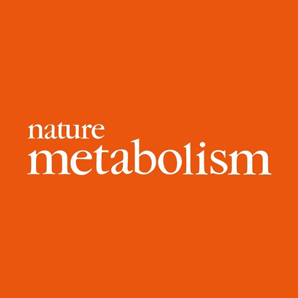
– Knocking out endothelial-only TGFß signaling in mice reduces inflammation in vessel walls and slows the progression of atherosclerotic plaque
– AI strategies home in on the molecular signature of atherosclerosis by identifying specific endothelial cell populations
– Targeted RNA-silencing therapy validates these findings, with nanoparticle suppression of endothelial TGFß signaling slowing growth of and eventually shrinking vascular plaques
CAMBRIDGE, Mass., 26 August 2019 – An international team led by scientists at Yale School of Medicine and Genuity Science‘s Advanced Artificial Intelligence Research Laboratory today present a potentially important novel approach to treating atherosclerosis, the buildup of plaques in vessel walls that underlies heart attack, stroke and peripheral artery disease– collectively the leading causes of death worldwide.
Their findings, published today online in Nature Metabolism, demonstrate that specifically in endothelial cells, which form the lining of blood vessels, the activity of a family of proteins called transforming growth factor beta (TGFß) is critical to the establishment and growth of atherosclerotic plaques. Previous studies had suggested such a role, but with frequently contradictory results, in part because TGFßs have very different roles in different types of cells. Dr Michael Simons’ team at Yale School of Medicine overcame these limitations by leveraging world-leading domain expertise in single-cell biology by generating atherosclerosis-prone mice with inducible endothelial cell knockout of TGFβ receptor 2. When subjected to an atherosclerosis-inducing diet, these mice showed dramatically reduced vessel wall inflammation and much slower growth of atherosclerotic lesions. Moreover, when endothelial disruption of TGFß signaling was coupled with a reduction in systemic cholesterol levels, the investigators observed a nearly 70% reduction in the size of atherosclerotic plaques.
To discover what was driving these results, the group then sequenced the RNA of aortic endothelial cells from TGFβ receptor 2 knockout mice as well as control mice with high plaque burdens, on both normal and high-cholesterol, high-fat diets. Genuity Science’s statistical machine learning then established how transcription was clustered in the different test and control groups, working through the potential bias and noise of the datasets to identifying two clusters that were driving the effect of TGFß signaling and suppression. The teams then validated these findings using a nano-particle technique that delivered an TGFβ receptor 2 RNA-silencing therapy directly into the aortic endothelium of mice with high plaque burden. This intervention not only slowed the establishment of these plaques by some 50%, but in fact also shrank existing plaque deposits, effectively demonstrating a mechanism for reversing the disease process.
“Our AI has played a key role in finding and validating in vivo a promising new mechanism for combatting the disease that kills most people in the world today,” said Dr Tom Chittenden, Genuity Science Chief AI Scientist and a senior author on the paper. “Mike Simons’ team has the single-cell biology know-how to generate exactly the right data, and our AI enables us to interpret it and overcome the bias that plagues so much of the field. The proof is in the pudding, and the success of the therapeutic approach shows that we have put our finger on a major driver of disease.”
“This is a resounding demonstration of the power of combining single-cell biology and AI strategies to transform our approach to some of the biggest questions in medical biology,” said Dr Simons, Professor of Medicine and Cell Biology at Yale and senior author on the paper. “As we develop precision medicine going forward, I believe the precision of the research is going to be of the essence. We need to be able to look not only at single cells, but focus on specific cell types and aberrant cell populations within these. In this study our group did the former, but Tom Chittenden’s statistical machine learning was key to homing in on the latter, pinpointing and giving us confidence in the signal we needed.”